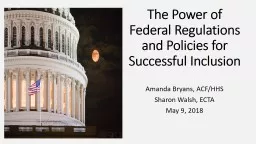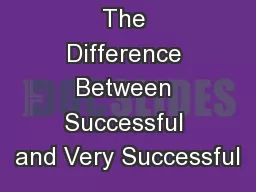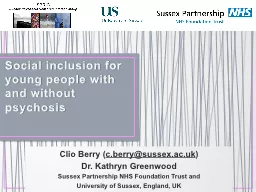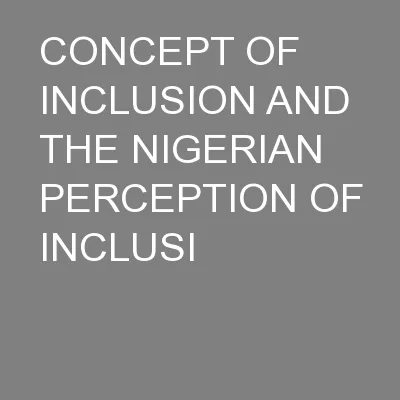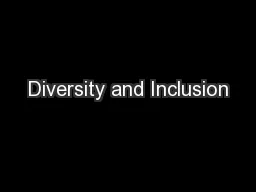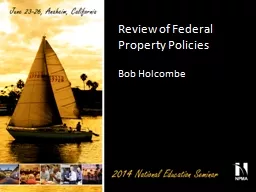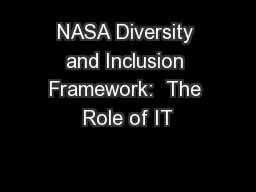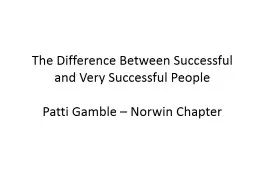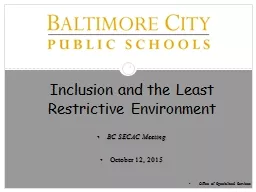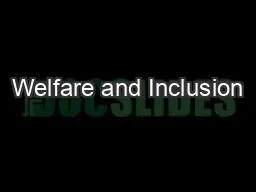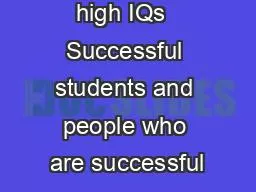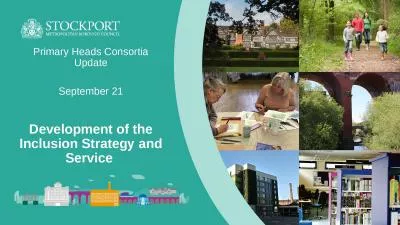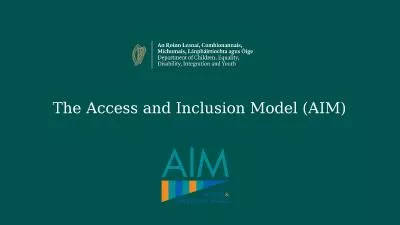PPT-The Power of Federal Regulations and Policies for Successful Inclusion
Author : kittie-lecroy | Published Date : 2019-11-04
The Power of Federal Regulations and Policies for Successful Inclusion Amanda Bryans ACFHHS Sharon Walsh ECTA May 9 2018 Discussion Share with a partner challenges
Presentation Embed Code
Download Presentation
Download Presentation The PPT/PDF document "The Power of Federal Regulations and Pol..." is the property of its rightful owner. Permission is granted to download and print the materials on this website for personal, non-commercial use only, and to display it on your personal computer provided you do not modify the materials and that you retain all copyright notices contained in the materials. By downloading content from our website, you accept the terms of this agreement.
The Power of Federal Regulations and Policies for Successful Inclusion: Transcript
Download Rules Of Document
"The Power of Federal Regulations and Policies for Successful Inclusion"The content belongs to its owner. You may download and print it for personal use, without modification, and keep all copyright notices. By downloading, you agree to these terms.
Related Documents

